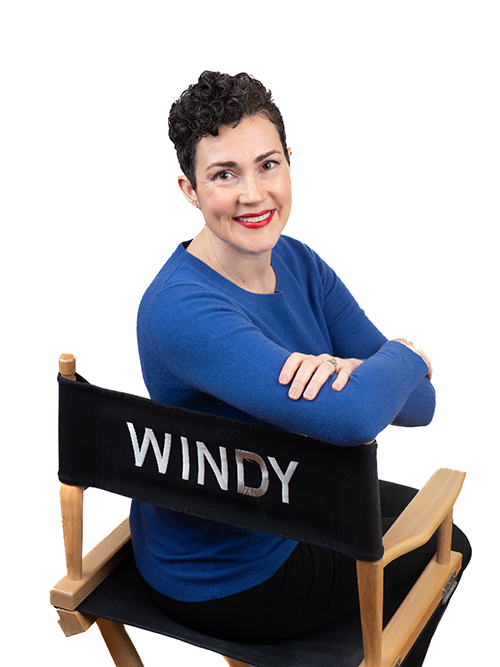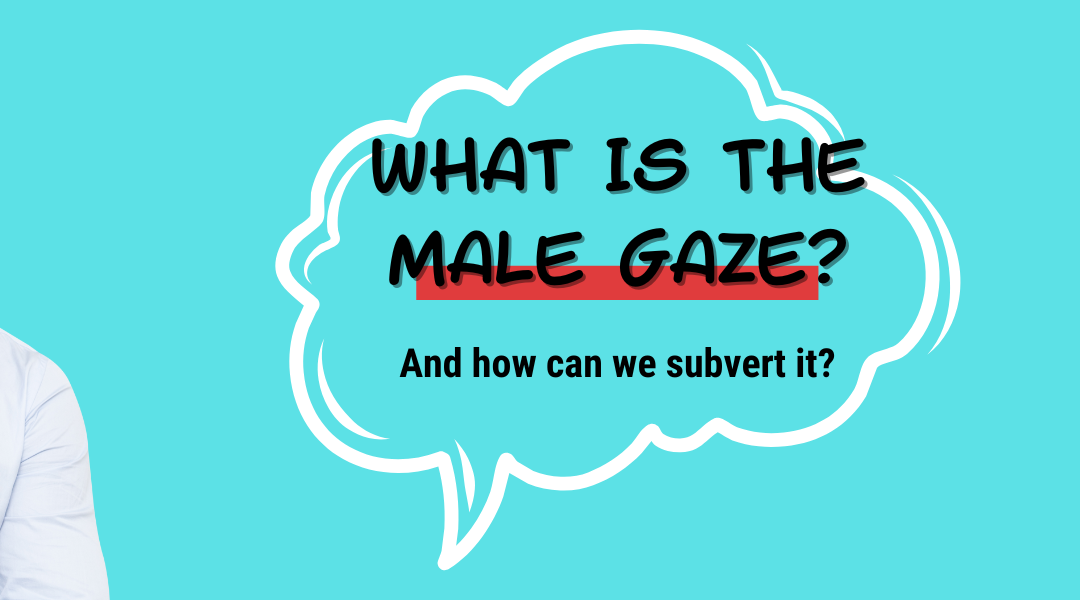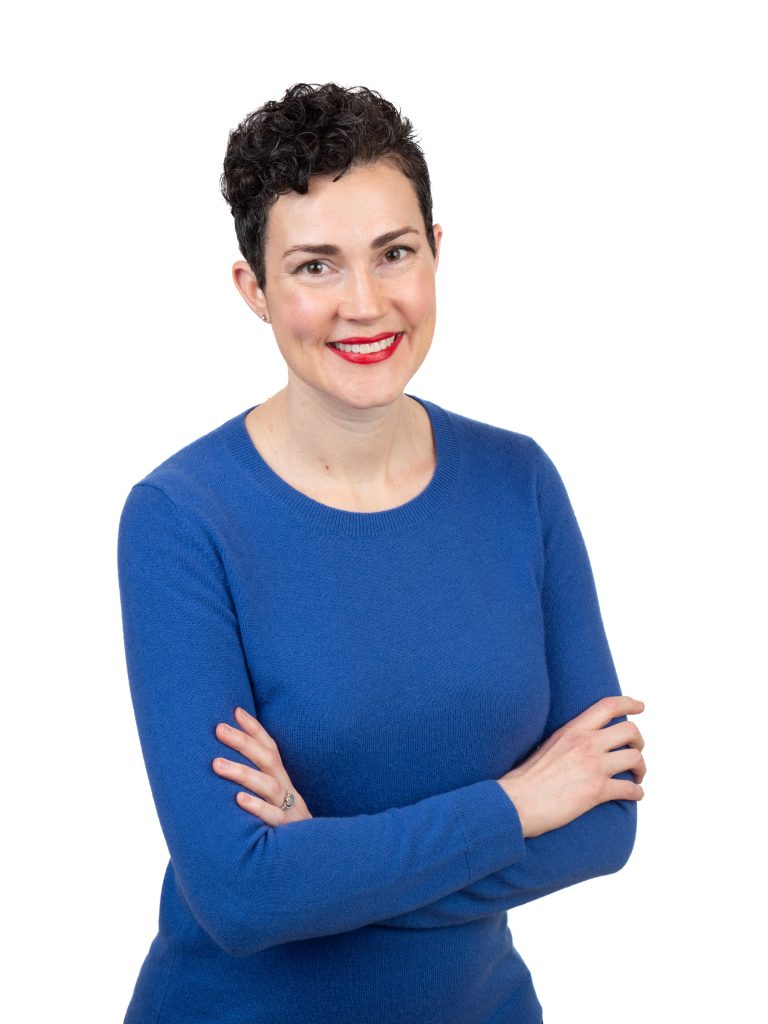The concept of the “Male Gaze” was first developed by feminist film critic Laura Mulvey in her 1975 essay entitled “Visual Pleasure and Narrative Cinema”. “The Male Gaze” is the way visual arts depict the world and women from a masculine (usually a white, cisgendered, heterosexual male) point of view.
The Male Gaze consists of three different gazes:
- that of the person behind the camera
- that of the characters within the representation or film itself
- that of the spectator
Think about a recent film you saw and ask yourself:
- Was the film directed by a man?
- Was the Director of Photography (DP) or Camera Operator male?
- Were the main characters of the film male?
- Did the camera linger over parts of a woman’s body?
- Did the male character(s) stare at a woman?
- Did he/they comment on the woman’s body?
- Did you get the sense that these shots (or this scene) was for the enjoyment of the male spectators or audience members?
If you answer “yes” to any of these, then the film possesses a “Male Gaze”.
“The male gaze occurs when the camera puts the audience into the perspective of a heterosexual man. It may linger over the curves of a woman’s body, for instance. The woman is usually displayed on two different levels: as an erotic object for both the characters within the film and for the spectator who is watching the film. The man emerges as the dominant power within the created film fantasy. The woman is passive to the active gaze from the man. This adds an element of ‘patriarchal’ order, and it is often seen in… ‘narrative film’. Mulvey argues that, in mainstream cinema, the male gaze typically takes precedence over the female gaze, reflecting an underlying power asymmetry.”
Can a woman possess The Male Gaze?
Some argue that a woman who enjoys the objectification of the “Male Gaze” or feels a sense of power when men look at her sexually, may not be “passive to the active male gaze”. However, even if she looks back at the gazer, she is reinforcing his active male gaze on her, which reinforces the patriarchy.
What about the “Female Gaze”?
If a woman is actively gazing at a man and objectifying him, does she instead have the “Female Gaze”? What if a woman is gazing at herself in a mirror or gazing at other women?
Great questions.
“Mulvey’s essay also states that the female gaze is the same as the male gaze. This means that women look at themselves [and other women] through the eyes of men. The male gaze may be seen by a feminist either as a manifestation of unequal power between gazer and gazed, or as a conscious or subconscious attempt to develop that inequality. From this perspective, a woman who welcomes an objectifying gaze may be simply conforming to norms established to benefit men, thereby reinforcing the power of the gaze to reduce a recipient to an object.”
Remember Jennifer Aniston’s striptease in “We’re the Millers”? She welcomed the objectifying gaze, so this an example of the Male Gaze of the director and the Female Gaze of the character.
How do we challenge The Male Gaze?
In January 2020, Variety wrote about filmmaker Nina Menkes’s talk, “Sex and Power: The Visual Language of Oppression,” at festivals, and her upcoming documentary, “Brainwashed,”. In them, Menkes aims “to take the discussion about how shot design affects our perception of women to a wider audience. As she notes, there’s a direct connection between how women are shown on the screen, their lack of proportional presence in key industry roles and the abuse and harassment that fueled the #MeToo movement.”
As Variety pointed out in “Filmmakers Work to Reframe the ‘Male Gaze'”:
Asking the questions is a start, but in many cases filmmakers unconsciously hew to long-established rules or tropes in their camera setups that inherently disempower female characters.
“People are replicating a system and bias they aren’t even aware of,” says Kirsten Schaffer, executive director, Women in Film. “Even well-intentioned male directors don’t realize how easy it is for cultural norms to pass on.”
While Hollywood still wrestles with alternatives to The Male Gaze, Vogue addressed the disparity between film and TV in the July 2020 article, “Why Are Films Failing the Bechdel Test When TV Has Progressed?” The article also includes ways movie theaters and audiences can help encourage female representation in films, from offering a feminist film rating (like they do in Sweden) to buying tickets for films featuring complex female protagonists.
Variety‘s solution came earlier in the Production Lifecycle. Instead of waiting for the film to come out, they suggested: “Get more women into jobs where they control all sides of the storytelling. To some, this is more critical than realigning whether women’s stories are told with the correct lighting or point of view.”
For more ideas, we recommend reading “4 Ways to Challenge The Male Gaze” in everyday life by Everyday Feminist.
We also invite you to join us on social media and tell us how you combat The Male Gaze.
* This article was originally published on https://maryjanesfilm.com. We have edited it for length and clarity, and share it here with permission of the author.


